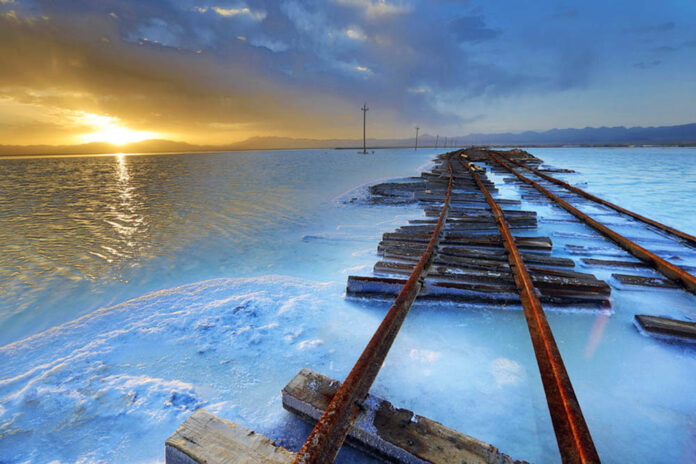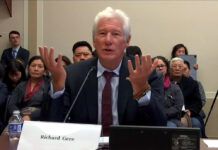
(TibetanReview.net, Aug31’21) – Tibet Mineral Development Co announced Aug 26 that it will invest 2 billion yuan ($309.1 million) to develop the Zhabuye salt lake (Tibetan: Chaka Salt Lake) in Tibet Autonomous Region, reported China’s official globaltimes.cn Aug 31. The project is expected to be up and running in 2023, it added.
The lake is located in Drongpa County of Shigatse City, in the Gangdise Mountains in the interior of the Tibetan Plateau.
Stocks related to lithium have been continuing to rise on the A-share market due to the good outlook for lithium battery and electric vehicle (EV) products, the report noted.
The report cited the latest data from the International Energy Agency as saying the world will have a lithium supply shortfall of about 50% by 2030 from existing and ongoing lithium production projects.
“It is expected that the global lithium demand will double from the current 500,000 tons to 1-1.3 million tons by 2025,” the report quoted an EV industry insider surnamed Zhang as saying.
Considering the expanding EV market, domestic lithium production is struggling to meet the demand. China is about 70% reliant on imports, Zhang has added.
Although the PRC has lithium reserves of about 4.5 million tons, accounting for 6% of the global total, the amount of usable lithium resources is only 1 million tons, accounting for 5.6% in the world, the report said, citing statistics from the US Geological Survey.
The report said lithium resources in the PRC mainly come from salt-lake brine and hard rock ore – spodumene and lithium mica. It added, citing the US survey, that salt lakes were mainly distributed in Qinghai Province, Tibet Autonomous Region and Hubei Province, accounting for about 81.6% of the lithium reserves in the PRC.
But apart from the difficulty and high cost of building infrastructure on the Tibetan Plateau, due to the fragile local ecosystem, Zhang has said the concentration of lithium in salt-lake brine in the PRC was low, with the ratio of magnesium to lithium being high. More magnesium means less lithium, he has added.
Still, Chinese enterprises are developing relevant technologies and are investing in exploration of salt lakes for extraction of lithium from salt lakes on a large scale.
As regards Spodumene ores, they are mainly distributed in Sichuan Province, accounting for 10.9%, and lithium mica mainly in Jiangxi Province, accounting for 7.5%, the report said.





